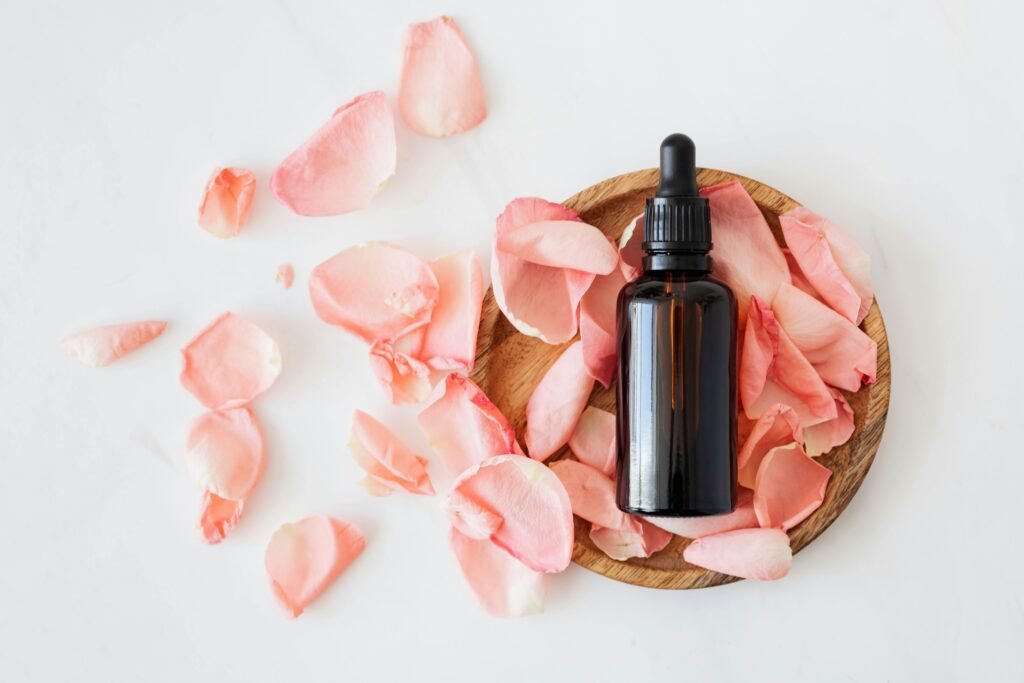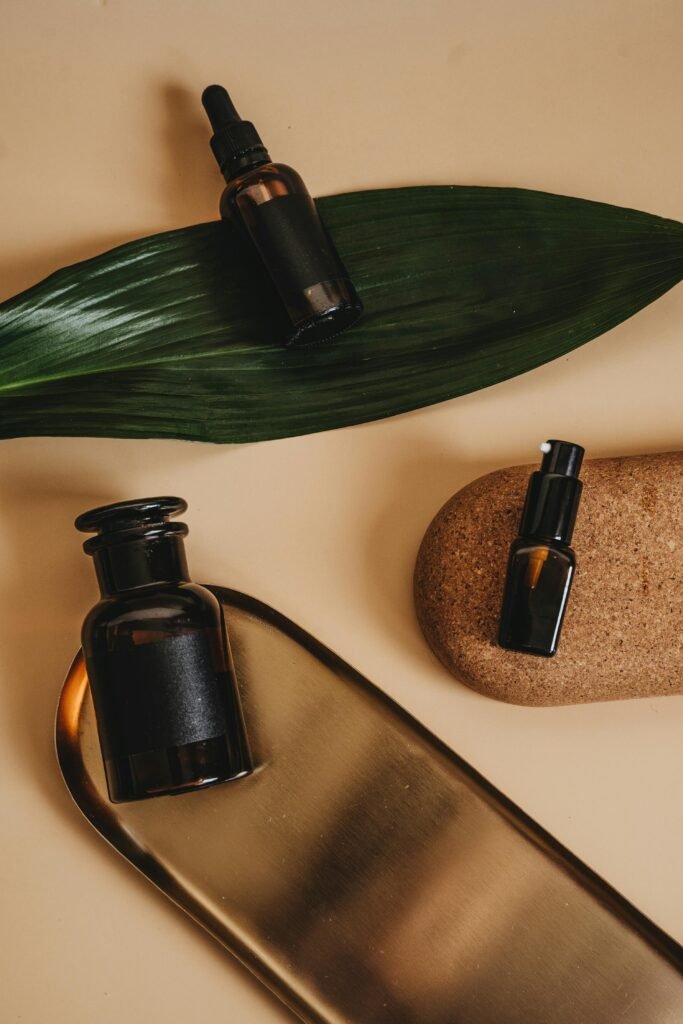
If you’re new to skincare or looking to upgrade your routine, choosing the right serum for your skin type can feel overwhelming. Serums are lightweight yet powerful products that deliver concentrated active ingredients deep into your skin, targeting concerns like acne, dryness, dullness, or fine lines. But not every serum works for every skin type—so understanding your skin’s needs is the first step toward healthy, glowing skin.
But here’s the catch: Not all serums are created equal, and the one that works for your friend might not suit your skin at all.
In this guide, you’ll learn how to choose the right serum for your skin type, understand common active ingredients, and discover the best way to layer them in your routine. Whether you have oily, dry, combination, or sensitive skin—this article is your step-by-step manual to making smarter skincare choices.
What Is a Serum?
A serum is a skincare product with a high concentration of active ingredients. It has a lightweight texture and is typically applied after cleansing but before moisturizing. Serums are designed to target specific concerns such as:
- Acne
- Hyperpigmentation
- Fine lines and wrinkles
- Dryness
- Uneven tone
- Sensitivity
According to the American Academy of Dermatology (AAD), serums are ideal for layering and customizing your skincare routine because of their potency and fast absorption.
Step-by-Step: How to Choose the Right Serum
1. Know Your Skin Type
Before shopping for a serum, you need to identify your skin type. Here’s a quick breakdown:
| Skin Type | Characteristics |
|---|---|
| Oily | Shiny, large pores, prone to breakouts |
| Dry | Tightness, flakiness, rough texture |
| Combination | Oily T-zone with dryness on cheeks |
| Sensitive | Easily irritated, prone to redness or burning |
| Normal | Balanced, few imperfections, rarely irritated |
2. Identify Your Main Skin Concern
After you understand your skin type, ask yourself:
“What do I want this serum to do?”
Some common skin goals and matching ingredients include:
| Skin Concern | Recommended Ingredient(s) |
|---|---|
| Acne & Breakouts | Salicylic Acid, Niacinamide, Zinc |
| Dryness | Hyaluronic Acid, Glycerin |
| Dullness | Vitamin C, Ferulic Acid |
| Uneven tone | Alpha Arbutin, Licorice Root |
| Aging signs | Retinol, Peptides |
| Sensitivity | Centella Asiatica, Panthenol |
Dermatologists often recommend The Ordinary for budget-friendly starter serums with clear ingredient labeling.
3. Match the Ingredients to Your Skin Type
Here’s how to match popular serum ingredients to your skin type:

For Oily & Acne-Prone Skin
Look for:
- Niacinamide (regulates oil production)
- Salicylic Acid (clears pores)
- Zinc (reduces inflammation)
- Tea Tree Oil (natural antibacterial)
Avoid:
- Heavy oils
- Highly comedogenic (pore-clogging) formulas
For Dry Skin
✅ Also check out our internal article: Morning Skincare Routine Tips for Glowing Skin
Look for:
- Hyaluronic Acid (deep hydration)
- Glycerin (draws in moisture)
- Squalane (lightweight hydration)
- Ceramides (restores skin barrier)
Avoid:
- Alcohol-based serums
- Strong exfoliants
For Combination Skin
Look for:
- Niacinamide (balances oil + hydrates)
- Lactic Acid (gentle exfoliation)
- Hyaluronic Acid
Balance is key—choose multi-functional serums and apply different serums to different areas if needed (called “skin zoning”).
For Sensitive Skin
Look for:
- Centella Asiatica (calming)
- Panthenol (barrier support)
- Madecassoside (soothing)
Avoid:
- Fragrance
- Essential oils
- Harsh actives (start low and slow)
For Normal Skin
You’re lucky! Almost any serum will work for you—just choose based on your current concern (e.g. brightening, aging prevention, etc.).
How to Layer Serums Properly
If you use more than one serum, the order matters. The general rule:
Apply from thinnest to thickest, and always from water-based to oil-based.
For example:
- Niacinamide Serum
- Hyaluronic Acid
- Moisturizer
- Sunscreen (AM only)
When to Use Your Serum (Morning vs. Night)
- Morning: Use Vitamin C, Niacinamide, or hydrating serums under sunscreen
- Night: Use Retinol, Exfoliants (AHAs, BHAs), or Peptide serums
Be careful when combining actives like retinol and acids, especially if you’re a beginner.

Sample Serum Routines by Skin Type
🌞 Morning (Oily Skin)
- Cleanser
- Niacinamide Serum
- Gel Moisturizer
- Sunscreen
🌙 Night (Dry Skin)
- Gentle Cleanser
- Hyaluronic Acid Serum
- Ceramide Moisturizer
- Face Oil (optional)
🚫 Common Serum Mistakes to Avoid
- Using too many serums at once
- Not patch-testing new serums
- Applying active serums on broken or irritated skin
- Expecting results overnight
Read more: Why You Should Patch Test Skincare Products – Greatist
Tips from Experts
- Always read the ingredient list—the first 5–10 ingredients matter most
- Introduce one serum at a time and use it consistently for 2–4 weeks
- Store your serums away from heat and sunlight
Conclusion
Choosing the right serum doesn’t have to be complicated. By understanding your skin type, matching it with the right ingredients, and following proper application techniques, you can transform your skincare routine from confusing to confidence-boosting.
Remember: your skincare doesn’t have to be complicated to be effective. With the right serum, you’re one step closer to your healthiest skin yet.
